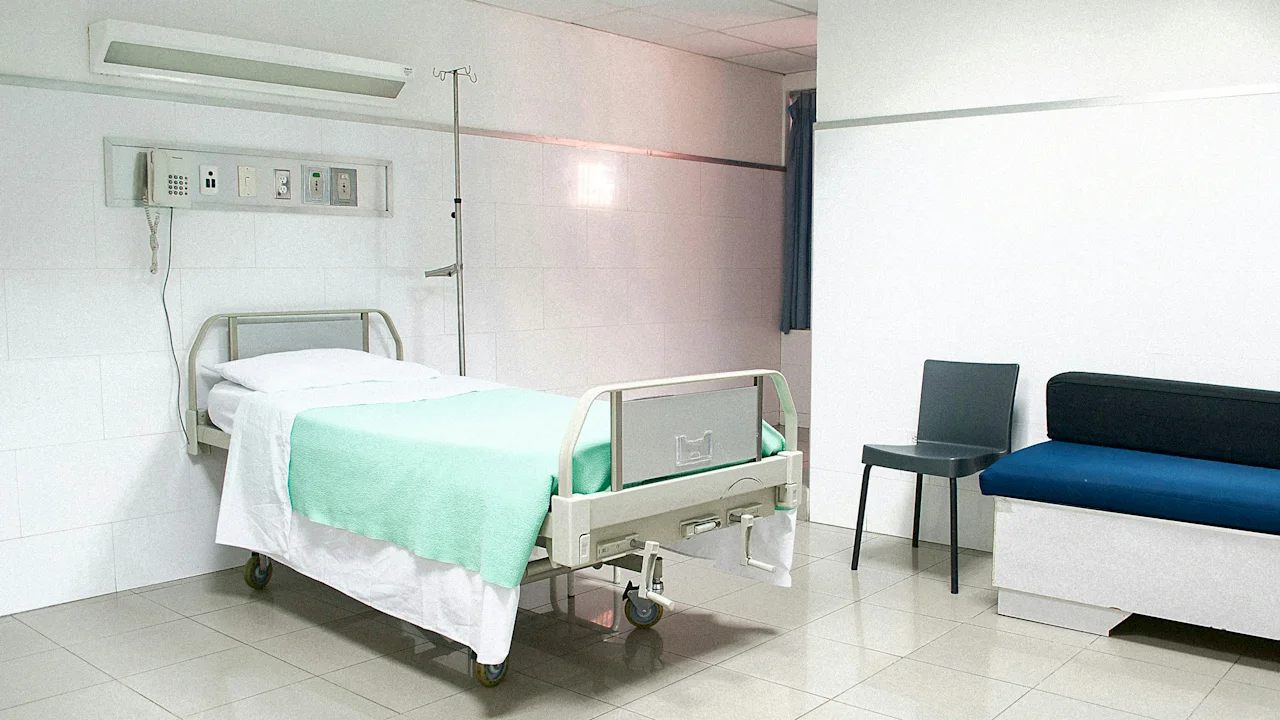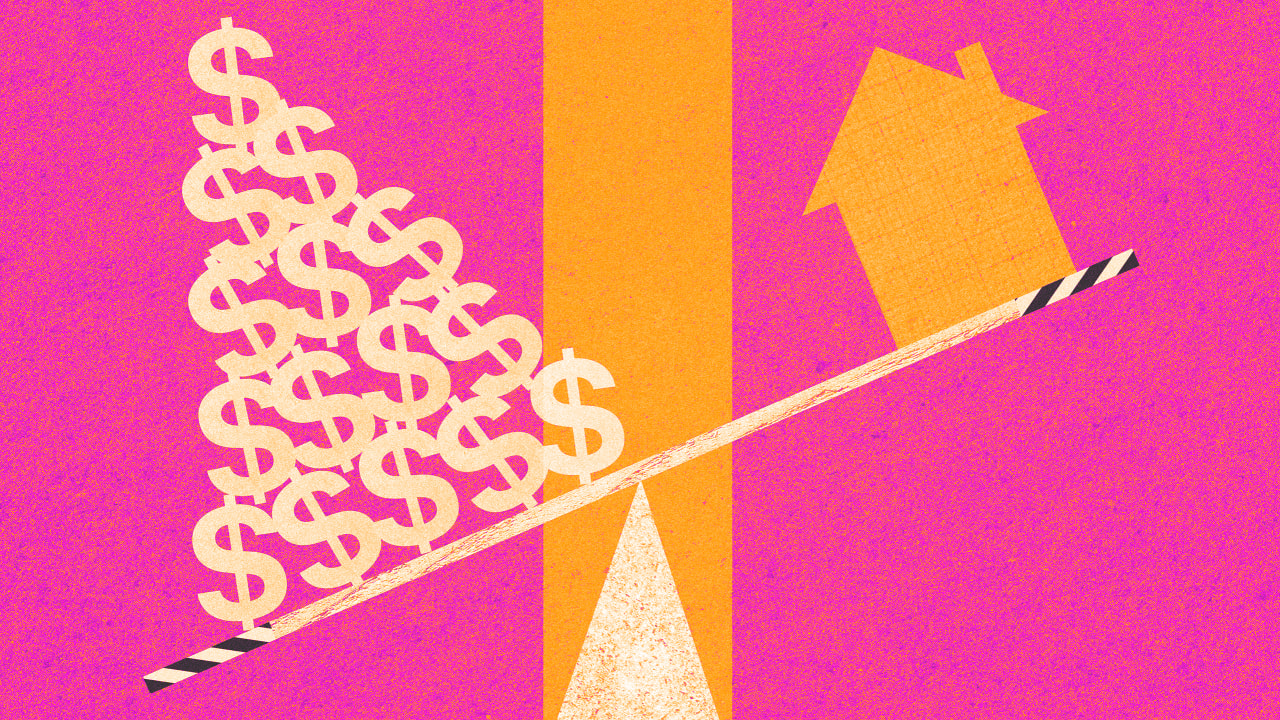6 tips for managing out-of-control medical bills

Several years ago, I received a bad medical bill: $150 for an in-network doctor’s appointment that my health insurance was supposed to cover with a $30 co-pay. After multiple long and frustrating phone calls over several weeks—during which time nothing was resolved—I gave up and wrote a check for $150.
That experience convinced me that medical billing is confusing and error-ridden on purpose. Recent research backs this up. A staggering 80% of medical bills contain errors, most of which are easily preventable.
Under our current medical billing system, patients face a horrible catch-22: They can spend money on error-ridden bills or they can spend time getting them corrected. (If they have neither money nor time, then their bills may go to collections.)
Covering medical costs under an intentionally confusing system will always be an uphill battle. But until we change how we pay for healthcare as a society, here’s what you can do to make medical bills fit better into your personal budget.
Take your time paying medical bills
Some healthcare providers may send a bill to you before your insurance company has had time to process your claim. If that’s what has happened, your balance owed will look much higher than you expect. In that case, the bill may have a blank spot in the section labeled “insurance payment” or “plan payment.” Waiting to pay that bill until the insurance has come through will ensure you only pay what you owe.
But this isn’t the only reason you may want to wait before paying a medical bill. If you expect to receive multiple bills because of a lengthy stay in a hospital or repeated specialist visits because of a particular health issue, it can also be a good idea to hold off on paying until you have received all of the related medical bills. This will allow you to double check that you have not been double-billed for any procedures or services before you start making payments.
You don’t need to worry that waiting to pay will affect your credit. The time period before unpaid medical debt is reported to the three major credit bureaus was increased from six months to 1 year as of 2022. And as of 2023, medical debt under $500 is no longer reported to the credit bureaus.
Request an itemized bill
If you had multiple services, your bill may not list them all. Instead, patients often receive a summary bill that lumps all of the charges for services together. But it’s impossible to tell if there are any errors in a summary bill, which is why you should request an itemized bill if you don’t receive one.
While hospitals generally will not send one without being asked, receiving an itemized bill upon request is one of your rights as a patient. The hospital is legally required to send it within 30 days of your request.
Also known as a “superbill,” the itemized bill lists each medical billing procedure code, the amount paid by insurance, and the amount you owe.
Check for mistakes
With the itemized list in front of you, check for mistakes. Some of the common errors you might find include:
- Services or procedures erroneously listed multiple times
- Procedures listed that you didn’t receive
- Charges listed that have already been paid
- Amounts charged that are above legal limits
- Charges for more expensive procedures than what you received
You may need to look up medical billing codes to make sense of the itemized bill. These codes can generally be found online by typing in the code with the term “medical billing code.” You can compare the description of the procedure you find online with your bill to see if the codes match the healthcare you received.
Don’t forget basic fact-checking
Unfortunately, some of the most frustrating medical billing problems may stem from getting a basic fact wrong. An incorrect birthdate, patients with similar names, or someone accidentally transposing two numbers in a patient’s street address could be enough to trigger an insurance claim denial.
While you are checking medical bills for mistakes, make sure you’re also looking at your personal information, including your birthday, billing address, date of healthcare service, medications, and other details.
Ask your medical provider for a price break
Just because the final charge you receive looks more like a phone number than a bill doesn’t mean you have to pay that amount all at once. Many doctors accept payment over time with a payment plan and provide a no-fee method of making monthly payments. Providers may alternatively forgive a portion of your bill if you can make an immediate, smaller payment.
It’s important to remember that doctors are not well served by the medical billing system, either. Doctors often sell medical debt to a collections agency after 90 days of delinquency—but for a fraction of what’s owed. Which means medical providers would rather work with a patient to avoid losing money by sending the debt to collections.
Partner with a patient advocate
Having to navigate all of this while simultaneously recovering from injury or illness seems like the kind of dystopian nightmare that Suzanne Collins would consider a bit over-the-top. Thankfully, help is available via patient advocacy, and there’s no fight-to-the-death requirement to access it.
Patient advocates work to help patients navigate the healthcare system so they can get the best care for their needs. This includes helping patients to understand and manage their medical bills.
To find a patient advocate, start by calling your hospital. Many hospitals have advocates on staff who can help you with the process of understanding your bills, correcting medical billing errors, and applying for financial assistance. Alternatively, you can search for a patient advocate or representative online. Check for advocacy groups that help with medical bills in your state or for patients with a specific condition or disease that you have.
If you have a chronic or life-threatening illness, the Patient Advocate Foundation is a nonprofit organization that can help you get and pay for care.
Navigating the broken system
Medical billing is not set up for clarity, low cost, or ease of use. When a patient gives up and pays more than they owe, the system is (most likely) working as intended. And until collectively we decide to change it, we are stuck with a system that requires an investment of time to avoid overpayment.
Until that happens, knowing your rights as a patient can help keep you from making costly mistakes with your medical bills. That includes the right to take up to a year to repay your medical bills before they are reported to the credit bureaus and the right to request itemized charges. In addition, keeping an eye out for mistakes, which are incredibly common, can help you avoid overcharges.
Finally, ask your medical provider for any discounts or payment plans they offer, and partner with a patient advocate so the burden isn’t entirely on your shoulders.
What's Your Reaction?
 Like
0
Like
0
 Dislike
0
Dislike
0
 Love
0
Love
0
 Funny
0
Funny
0
 Angry
0
Angry
0
 Sad
0
Sad
0
 Wow
0
Wow
0





























































































